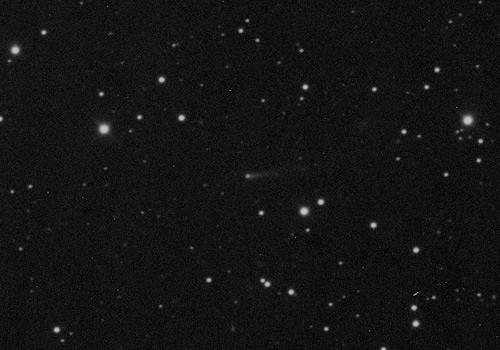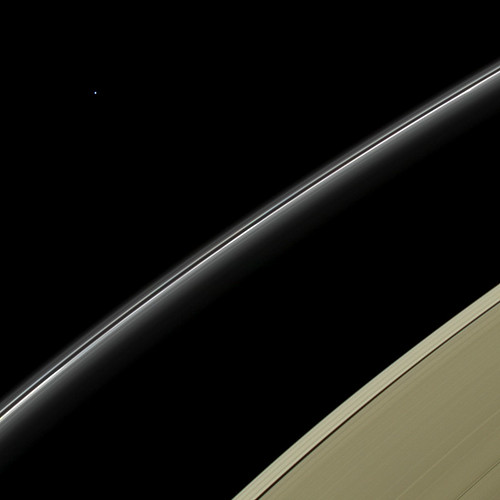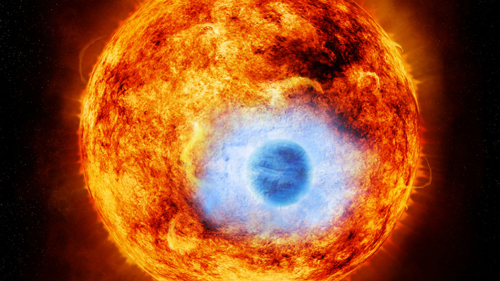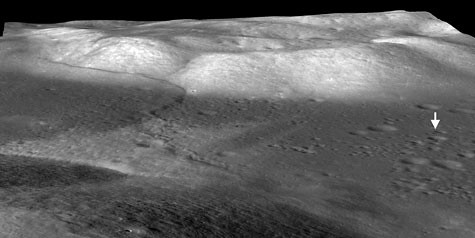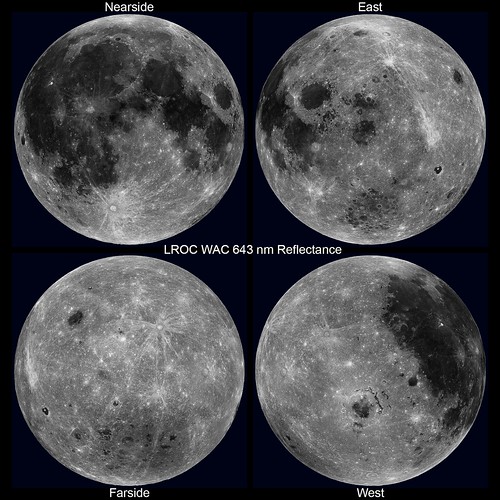
Nitto Seimo Co.’s Koji Ozaki holds wire woven with a converted fish-net weaver in Fukuyama, Hiroshima Prefecture. (Mainichi)
Great experiment the http://mainichi.jp/english/english/newsselect/news/20140112p2a00m0na005000c.html have been working for 10 years: using a big net to capture space debris and then bundling it to plunge it into the atmosphere to get rid of it.
Japanese researchers will make the world’s first attempt to remove space debris with aluminum netting thanks to a small company here that produces fishing nets.
Nitto Seimo Co. was contacted by JAXA researcher Satomi Kawamoto in April 2004, asking if it could make a net using metallic string.
“I’d sought cooperation from various manufacturers but they’d turned me down one after another,” she recalled. “I was desperate.”
The engineers at Nitto Seimo, whose main products are fishing nets, were unsure why such a net was necessary but decided to accept the request anyway.
Most space waste, found in high concentrations at altitudes of 700 to 1,000 kilometers, comprise parts of manmade satellites and rockets that were launched into space in the past. About 100 million pieces in total are said to exist, and because they travel at extremely high speeds, a collision with a space aircraft could cause a major disaster.
There are about 22,000 pieces of space debris at sizes 10 centimeters or larger — considered dangerous — and researchers have a grasp on trends in their movement. As for smaller waste, however, there are too many of them now to take any measures. Since a 2009 collision between an American artificial satellite and a Russian satellite, the pace at which the volume of space junk is increasing has accelerated. However, only a few pieces of waste have been thus far successfully retrieved with the use of satellites.
The method proposed by JAXA entails attaching wire netting to large debris to generate a magnetic field, reducing its speed over a span of about a year and thereby dropping it toward Earth. Because most of the debris is expected to burn up from frictional heat when it enters the atmosphere, it is believed to be the least costly method.
To ensure the wire’s strength, Kawamoto asked that the wire be made into nets about 10 centimeters wide.
“For 10 years after we accepted the job, we continued working on it out of pride for our work even though it didn’t lead to sales,” said Koji Ozaki, a technical expert at Nitto Seimo. The 0.1 millimeter aluminum wire that was supplied to Nitto easily broke and was hard to weave, and at times the company could only produce 1 meter of netting when the order was for 100.
Nitto workers applied their know-how of fish netting to repeatedly convert machines used to weave fishing nets, and in 2007, was jointly granted a patent with JAXA. In 2009, the company completed the conversion of a fish-net machine into one used specifically for manufacturing wire netting for the removal of space debris.
Pretty awesome idea. Let’s see if it works. Remember: it’s called “space” for a reason — there’s a lot of it out there.
Might be a good idea for a reality TV show. Fishing. Space. Junk. It’s got all the right stuff.

